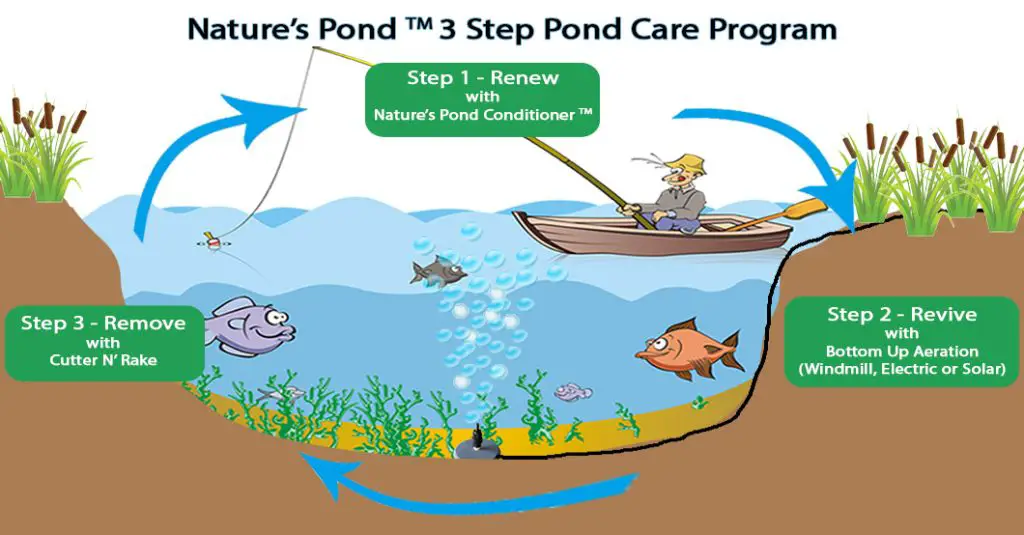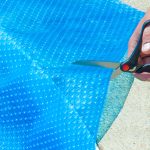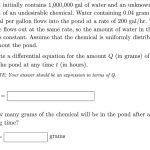Having a pond in your garden can bring a sense of tranquility and beauty to your outdoor space. However, maintaining a pond requires regular care to keep it healthy and thriving. Whether you have a fish pond, garden pond, or natural pond, proper maintenance is essential for the well-being of the pond ecosystem.
1. Keep the Water Clean
One of the most important aspects of pond care is maintaining clean water. Regularly remove debris such as fallen leaves, twigs, and algae from the surface of the water. Use a pond skimmer or net to skim the surface and prevent the buildup of organic matter that can degrade water quality.
2. Monitor Water Quality
Check the water quality of your pond regularly to ensure that it is within the optimal range for fish and plants. Test the water for pH levels, ammonia, nitrites, and nitrates. Make adjustments as needed to maintain a healthy balance for aquatic life.
3. Provide Adequate Aeration
Adequate aeration is essential for maintaining oxygen levels in the pond. Install a fountain, waterfall, or air pump to keep the water oxygenated and prevent stagnation. Proper aeration also helps to circulate the water and reduce the risk of algae blooms.
4. Trim and Prune Plants
If you have aquatic plants in your pond, regularly trim and prune them to prevent overgrowth. Remove dead or decaying plant matter to maintain water quality and prevent nutrient buildup. Pruning also helps to promote healthy growth and flowering.
5. Control Algae Growth
Algae growth is a common issue in ponds and can quickly take over if not properly managed. Use algae control products or natural remedies such as barley straw to keep algae in check. Limiting sunlight exposure and maintaining proper water quality can also help prevent algae blooms.
If you have fish in your pond, feed them responsibly to prevent overfeeding and water pollution. Feed fish small amounts of food at regular intervals to avoid excess waste that can degrade water quality. Choose high-quality fish food to ensure a balanced diet for your aquatic pets.
Regularly inspect and maintain pond equipment such as pumps, filters, and lights. Clean filters and remove debris to prevent clogging and ensure proper water circulation. Check for leaks or malfunctions in equipment and make repairs as needed to keep the pond running smoothly.
As the colder months approach, prepare your pond for winter by winterizing the water features and protecting fish and plants from freezing temperatures. Install a pond heater or aerator to prevent ice formation and ensure that fish have enough oxygen during winter. Trim back plants and remove debris to prevent winter damage.
Protect your pond from pests and predators that can harm fish and plants. Install a pond cover or netting to deter birds and animals from disturbing the ecosystem. Use safe and natural pest control methods to keep unwanted visitors at bay without harming the pond environment.
Lastly, take the time to enjoy and appreciate the beauty of your pond. Spend moments of relaxation by the water, observe the wildlife that visits the pond, and take pride in the oasis you have created in your own backyard. A well-maintained pond can bring joy and serenity to your outdoor space for years to come.

Credit: www.angi.com

Credit: extension.msstate.edu
Conclusion
Maintaining a pond requires dedication and regular care, but the rewards of a healthy and thriving ecosystem are well worth the effort. By following these tips for pond care, you can create a beautiful and harmonious aquatic environment that enhances the beauty of your garden and provides a peaceful retreat for both you and your aquatic residents.





